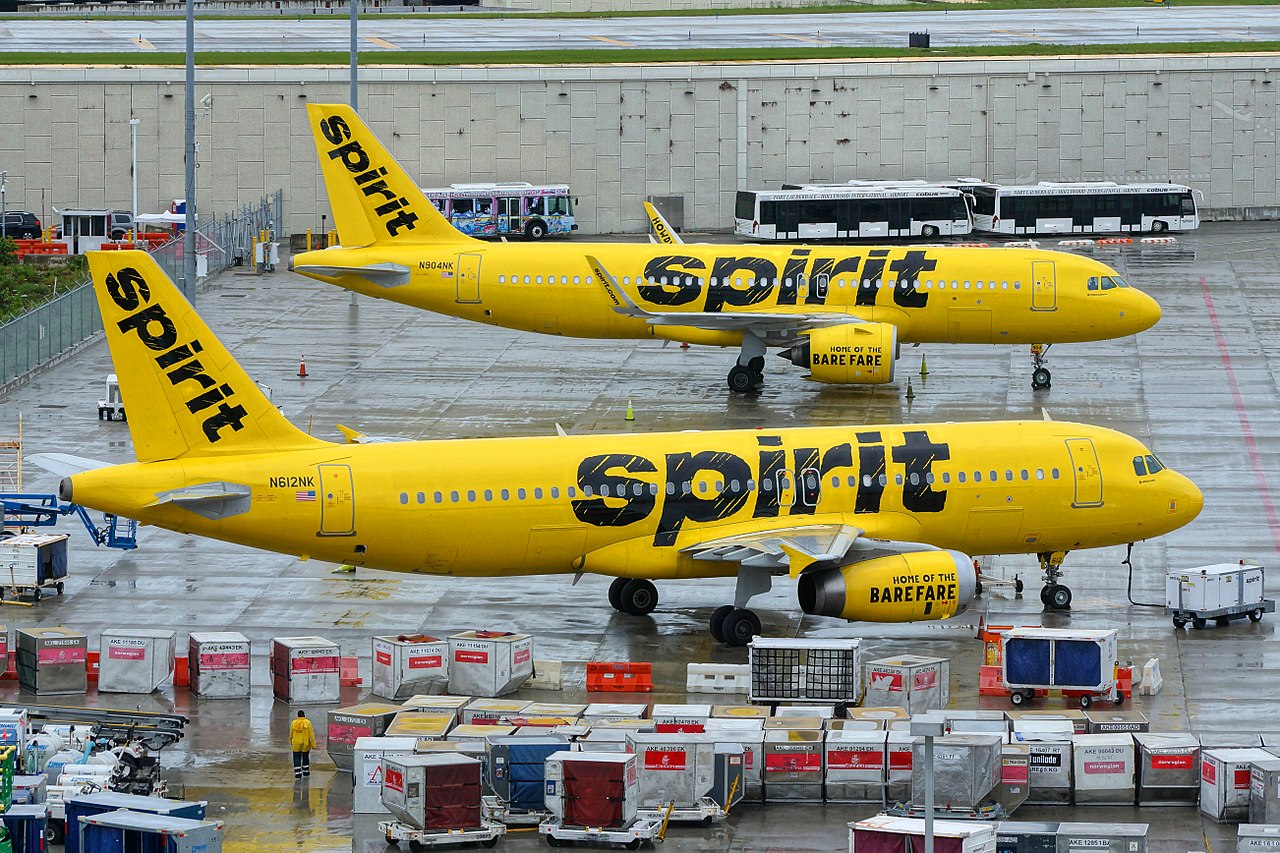Ask Skift: Are Low-Cost Carriers Always Cheaper?

Skift Take
Low-cost carriers have seen an enormous surge in popularity in recent years, with travelers increasingly viewing them as a much less expensive way to fly.
Spirit Airlines and Frontier Airlines, two prominent low-cost carriers in the U.S., have seen passenger numbers surge over the past decade. Meanwhile, the global market for the sector is projected to reach $440.46 billion by 2030.
But are low-cost carriers always cheaper? Ask Skift, our artificial intelligence chatbot, gave responses using information that's appeared in our daily news coverage and we've done additional reporting.
Ask Skift Said:Low-cost carriers, and especially ultra-low-cost carriers,

